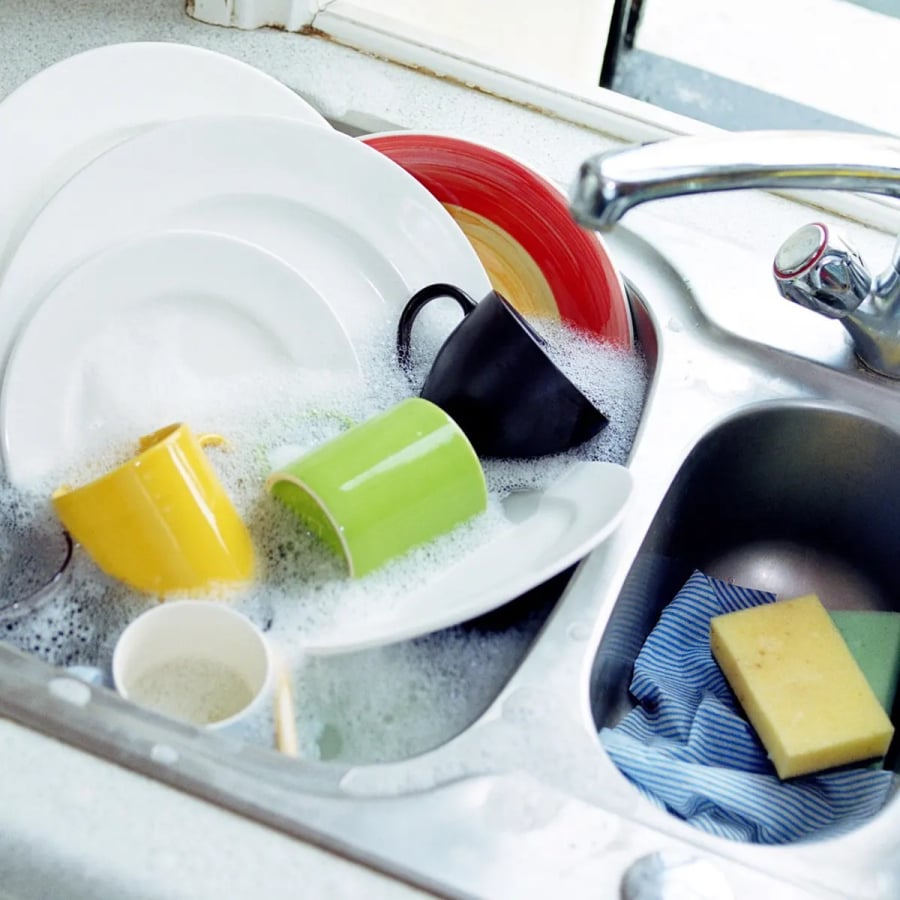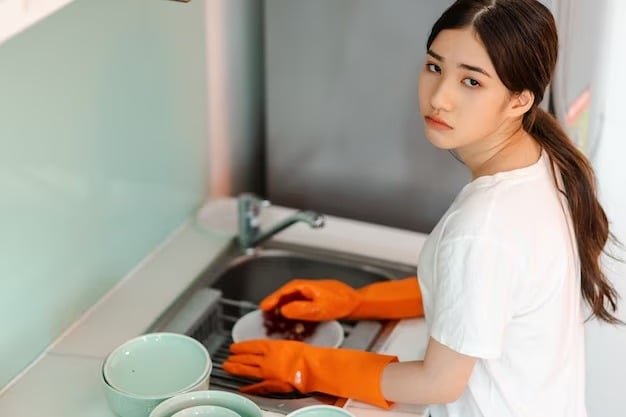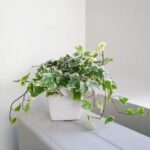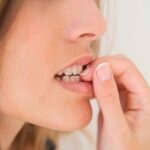1. Soaking Tableware in Dish Soap for Extended Periods: Harmful to Both Your Health and Your Kitchenware
It is a common misconception that soaking tableware in dish soap for a long time makes it easier and cleaner to wash. However, this practice is not only unscientific but also poses potential health risks and can damage your kitchenware.
Prolonged soaking of tableware and cookware in dish soap solution can lead to corrosion and deterioration of the material. More severely, the chemicals in the dish soap may seep into the utensils, especially if they are made of low-quality materials, leaving toxic residues. Combined with inadequate rinsing, this creates a pathway for these chemicals to enter your body with every meal, posing a potential cancer risk.

Experts advise washing tableware immediately after use. If soaking is necessary to ease the washing process, use warm water or a diluted dish soap solution and limit the soaking time to no more than 30 minutes. Avoid soaking overnight.
2. Improper Use of Dish Soap or Inadequate Rinsing: Risk of Chemical Residues
When dealing with heavily soiled or greasy tableware, it is tempting to use excessive amounts of dish soap in the hope of quicker and better cleaning. However, using too much soap or applying it undiluted directly to the tableware is a common mistake.
This makes it challenging to thoroughly rinse away the cleaning chemicals, even if no visible traces of grime or oily residue remain. This is especially true for absorbent materials like wood, ceramic, and porcelain. The chemicals can seep into the pores of these materials. When the tableware comes into contact with food, especially hot meals, these chemicals can easily leach back into the food and enter your body.
Inadequate rinsing due to haste or negligence can lead to the long-term accumulation of these chemicals in the body, affecting the liver and stomach and potentially contributing to cancer development.
3. Stacking and Storing Tableware Immediately After Washing: A Seemingly Clean Habit with Health Risks
Many families stack and store tableware immediately after washing, creating a seemingly neat and tidy appearance. However, this practice poses significant health risks, especially concerning mold and cancer-causing bacteria.

When damp tableware, chopsticks, and cutting boards are stacked or stored in enclosed spaces like kitchen cabinets, the trapped moisture provides an ideal environment for bacteria and mold to thrive. Research shows that bacteria can double in number within 20 minutes in a poorly ventilated environment. This situation is exacerbated during humid seasons or when kitchen cabinets are not well-ventilated.
Some dangerous bacteria and toxins that can flourish in such conditions include Helicobacter pylori, which causes stomach inflammation and cancer, and aflatoxin, a toxic compound associated with liver cancer. The insidious nature of these bacteria means they cannot be seen with the naked eye and are not completely eliminated by dish soap or high temperatures.
Pay special attention to bamboo and wooden utensils like chopsticks and cutting boards, as they are the most susceptible to moisture and mold. After washing, allow them to air dry in a well-ventilated area, ensuring they are not stacked or stored damp. If using a chopstick holder, opt for one with ventilation holes, and position the chopsticks with the tips facing upward to expedite drying.
Additionally, before using any tableware, even if previously cleaned, it is advisable to rinse it with boiling water or wipe it with a clean cloth. Replace your tableware every 3 to 6 months, and discard any items showing signs of mold without hesitation.
Lastly, remember to wear gloves when washing dishes to protect your hands and minimize direct contact with chemicals. Avoid using excessive dish soap, and opt for reputable brands. Dilute the soap when in use and prefer using a washing-up brush instead of your bare hands. You may also explore natural alternatives like lemon, white vinegar, baking soda, or flour for a safer and more eco-friendly cleaning experience.
Shudder: This Coffee Habit Makes You Swallow 1000+ Microplastic Particles Each Time
Coffee is a beloved beverage for many, but did you know that a certain style of coffee consumption can result in ingesting over 1,000 microplastic particles in a single sitting? Intrigued and concerned, we delve into this issue to uncover the specific method of coffee consumption and provide essential insights on how to steer clear of these microscopic intruders.
The Ultimate Guide to 2 Veggies Hiding a “Nest of Parasites” – #1 is a Favorite in Vietnam
“A word of caution for all the health-conscious foodies out there: some of your favorite green vegetables may be harboring harmful parasites, especially tapeworms. Believe it or not, two common types of vegetables frequently used in Vietnamese cuisine can become breeding grounds for these parasites if not properly handled and prepared. Stay tuned as we uncover the truth behind these seemingly nutritious yet potentially dangerous veggies, and learn how to protect yourself from unwanted guests!”



































